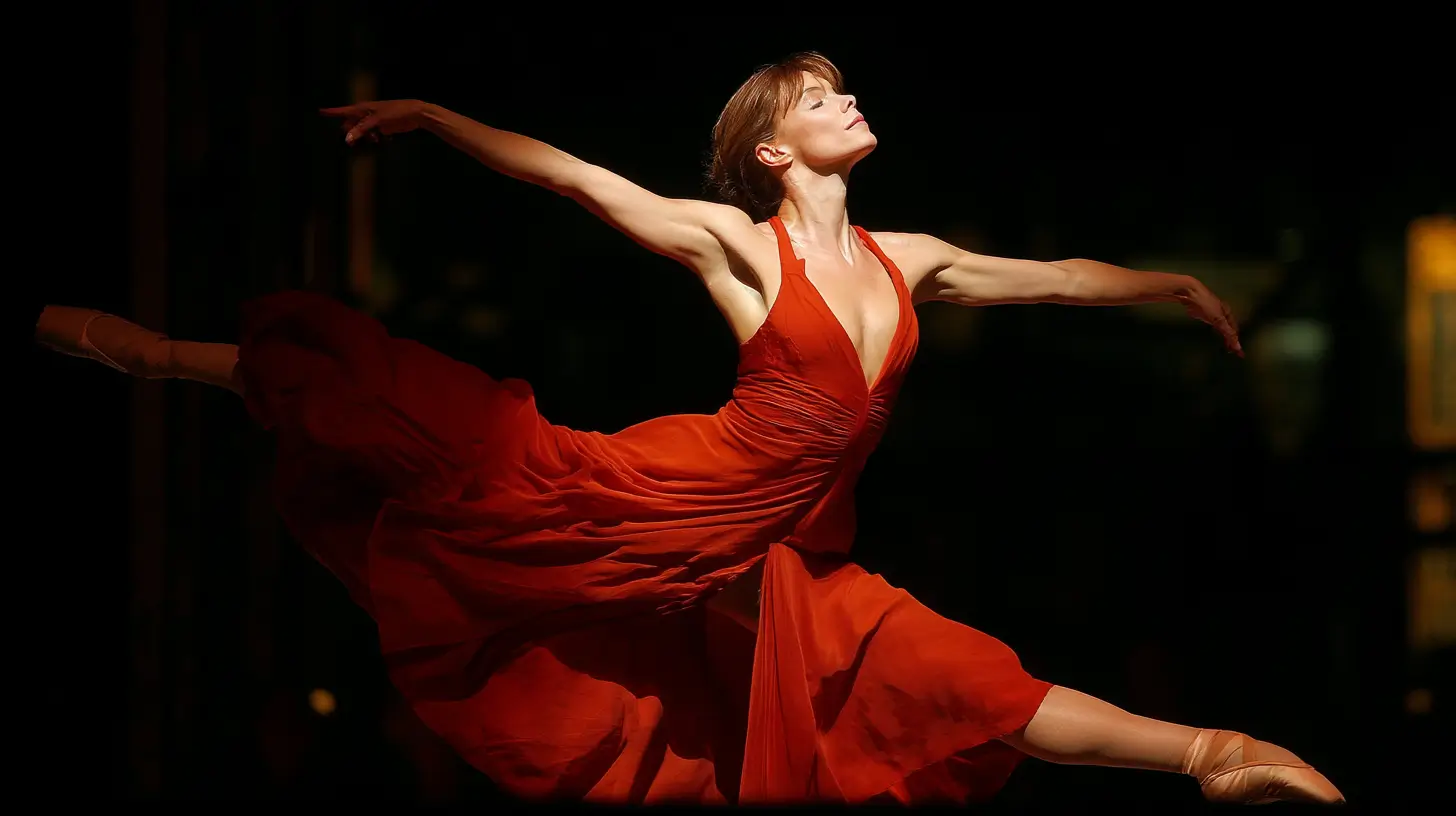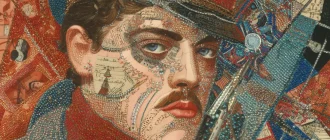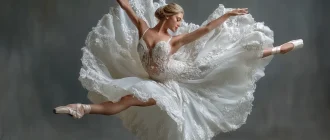Sylvie Guillem is a celebrated French ballet dancer known for her extraordinary talent and revolutionary impact on the dance world. During her career, many have asked, “Who is Sylvie Guillem?” She rose to prominence young, becoming the youngest étoile at the Paris Opera Ballet. This article explores her early life, remarkable rise to stardom, notable performances, collaborations with renowned choreographers, her transition to contemporary dance, numerous awards, and her lasting legacy as a guest artist.
Graceful Insights
- Sylvie Guillem, a revolutionary ballet dancer, began training at the Paris Opera Ballet School and quickly rose to prominence, becoming the youngest étoile at age 19 under Rudolf Nureyev’s mentorship.
- Her illustrious career featured leading roles in classical ballets and innovative collaborations with renowned choreographers, showcasing her ability to perform classical and contemporary works and pushing boundaries between classical and modern dance.
- Guillem’s retirement in 2014 marked the end of a remarkable era in dance, leaving a lasting legacy through her transformative performances and significant contributions to the ballet’s evolution. She was deeply committed to making performances understandable and logical for audiences.
Art de Podcast
| Category | Details |
|---|---|
| Full Name | Sylvie Guillem |
| Date of Birth | February 23, 1965 |
| Place of Birth | Paris, France |
| Early Training | Initially trained in gymnastics, I transitioned to ballet at age 11 after being exposed to the Paris Opera Ballet School. Medici.tv. |
| Ballet Education | Paris Opera Ballet School |
| Professional Debut | Joined the Paris Opera Ballet in 1981 at age 16 |
| Étoile Promotion | Promoted to Étoile (star dancer) in 1984 at age 19 by Rudolf Nureyev, becoming the youngest in the company’s history, according to Encyclopedia Britannica. |
| Notable Companies | Paris Opera Ballet (1981–1989); The Royal Ballet, London (1989–2003); Sadler’s Wells Theatre, London (from 2006). |
| Signature Roles | Odette/Odile in Swan Lake, Giselle, Manon, Don Quixote (Kitri), Cinderella, La Bayadère, Raymonda, Marguerite and Armand |
| Contemporary Works | Collaborated with choreographers William Forsythe (In the Middle, Somewhat Elevated), Maurice Béjart (Boléro), Mats Ek (Bye), Akram Khan (Sacred Monsters), and Russell Maliphant (Push) |
| Awards & Honors | Gold Medal at Varna International Ballet Competition (1983); Benois de la Danse; Praemium Imperiale (2015); Commander of the Order of the British Empire (CBE) PraemiumImperiale. |
| Retirement | Concluded her dance career on December 31, 2015, with a final performance of Béjart’s Boléro in Tokyo during her farewell tour, Life in Progress |
| Personal Life | Partnered with photographer Gilles Tapie; advocate for animal rights; adopted a vegan lifestyle in 2010, Wikipedia. |
Introduction to Sylvie Guillem
Sylvie Guillem is a renowned French ballet dancer, widely regarded as one of her generation’s most talented and versatile dancers. Born on February 23, 1965, in Paris, France, Guillem began her journey in the dance world at a young age, initially training in gymnastics under the guidance of her mother, a gymnastics teacher. This early exposure to gymnastics laid the foundation for her future success in ballet, as it helped develop her flexibility, strength, and overall physicality.
Guillem’s transition to ballet was seamless, and she soon found herself at the prestigious Paris Opera Ballet School, where she honed her skills and perfected her technique. Her rapid rise through the ranks of the Paris Opera Ballet was a testament to her dedication, hard work, and natural talent, culminating in her appointment as étoile at the age of 19.
Her career has been marked by collaborations with some of the most prominent choreographers and companies in the dance world, including the Royal Ballet, where she served as a principal guest artist. Throughout her career, Guillem has been recognized for her contributions to the arts, receiving numerous awards and honors, including the prestigious Honorary Commander of the Order of the British Empire.
Guillem’s impact on the dance world extends beyond her performances, as she has inspired a new generation of dancers and continues to be celebrated for her artistry and technique. Her legacy is one of innovation, excellence, and a relentless pursuit of artistic growth.
Early Life and Training
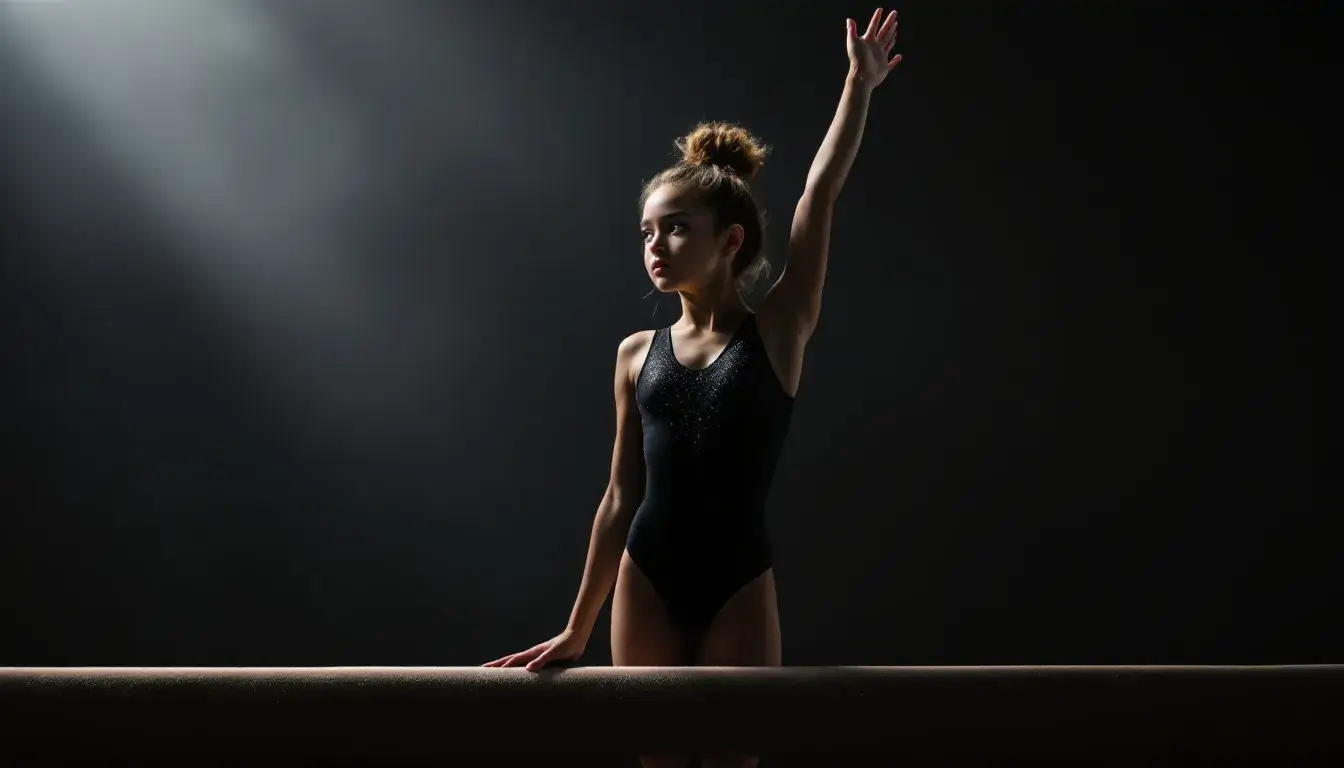
Sylvie Guillem was born into a working-class family in Paris. Her mother, a gymnastics teacher, introduced her to gymnastics early on, laying a foundation that enhanced her extraordinary ballet technique at the dance school and instilled a deep understanding of her body’s capabilities.
Initially, Guillem had little interest in ballet. Her perspective changed dramatically after participating in a performance and experiencing the thrill of the stage. This newfound love for performing ignited a passion that shaped her future endeavors. At 11, she began formal training at the prestigious Paris Opera Ballet School, where her exceptional talent was quickly recognized, allowing her to focus on her craft and learn valuable lessons as a ballerina. Many students at the school were inspired by her journey.
At 16, Sylvie Guillem joined the corps de ballet of the Paris Opera Ballet, showcasing her prodigious talent and dedication to pointe work. This early start in one of the world’s most renowned ballet companies marked the beginning of a stellar career as a French dancer.
Rise to Stardom
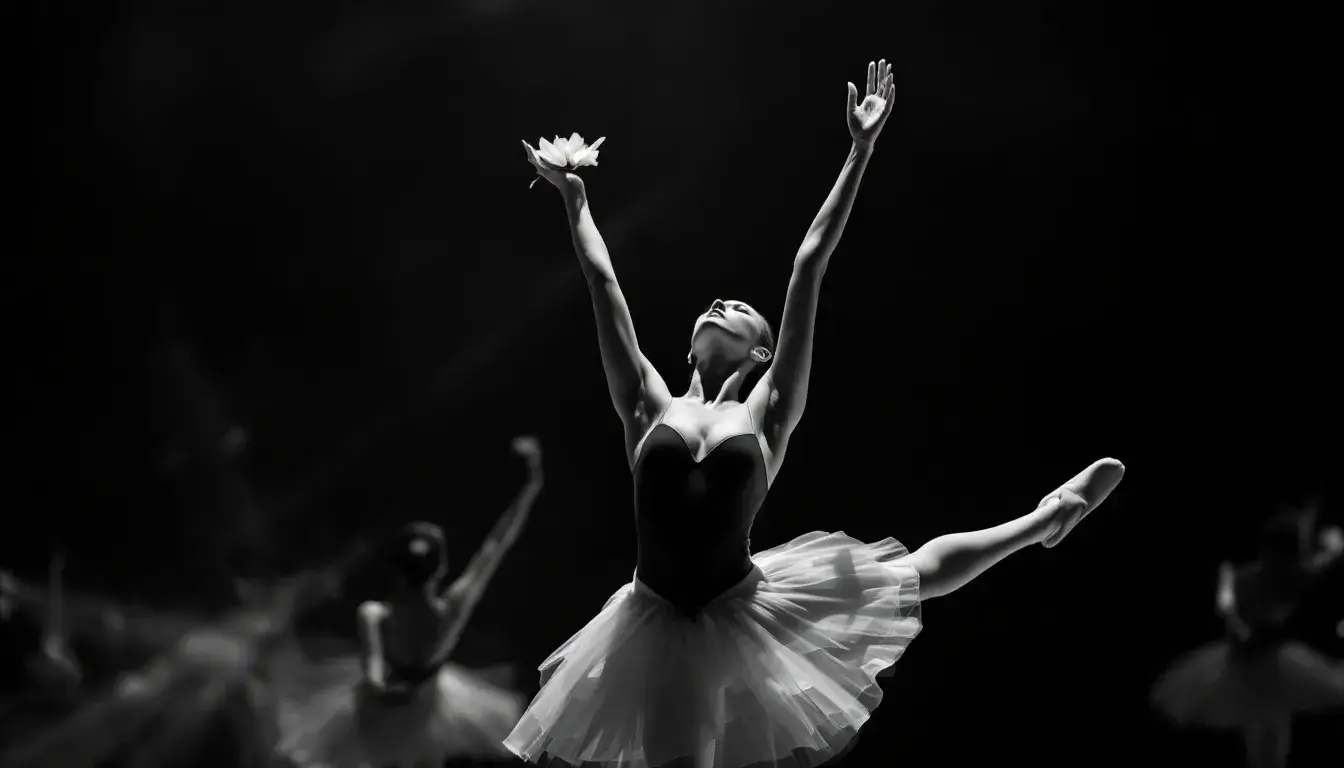
Sylvie Guillem’s rapid ascent in the ballet world is remarkable. At 16, she joined the Paris Opera Ballet, showcasing her extraordinary talent and dedication to her pointe shoes. Her brief but impactful time in the corps de ballet quickly caught the eye of influential figures in the ballet community. Her gold medal win at the Varna International Ballet Competition further propelled her to prominence.
In 1983, at 19, Guillem’s career took a monumental leap when Rudolf Nureyev appointed her the youngest étoile (principal dancer) in the history of the Paris Opera Ballet. This prestigious title role recognized her exceptional abilities and placed her among the most promising ballet talents, akin to those in the Royal Ballet.
Nureyev, a legendary figure in the dance world, effusively praised Guillem. He famously likened her performance in Don Quixote to the exhilarating experience of champagne, capturing the effervescence and brilliance she brought to the stage. His endorsement solidified her status as a rising star and paved the way for unforgettable performances. Guillem eventually left Paris to become an international guest artist with the Royal Ballet in London, which allowed her to explore diverse opportunities and redefine her role in the dance world.
Notable Performances
Throughout her illustrious career, Sylvie Guillem delivered spellbinding performances. She is celebrated for leading roles in classical ballets like Giselle and Nureyev’s adaptations of Swan Lake and Don Quixote, showcasing her technical prowess and emotional depth. Her performances in Sleeping Beauty have solidified her status as a versatile and acclaimed dancer.
A career highlight was her performance at the Nijinsky Gala, where she performed the pas de deux from Don Quixote and Movement, Rhythme, Étude. These performances highlighted how she danced with versatility and her ability to bring something uniquely personal to each role, making every performance memorable.
Her partnership with Mats Ek, especially in ‘Carmen’, showcased her versatility, bridging the gap between classical and contemporary dance. Her ability to adapt and excel in various styles consistently pushed the boundaries of traditional ballet, earning her a revered place in Mats Ek’s dance history.
Collaborations with Renowned Choreographers
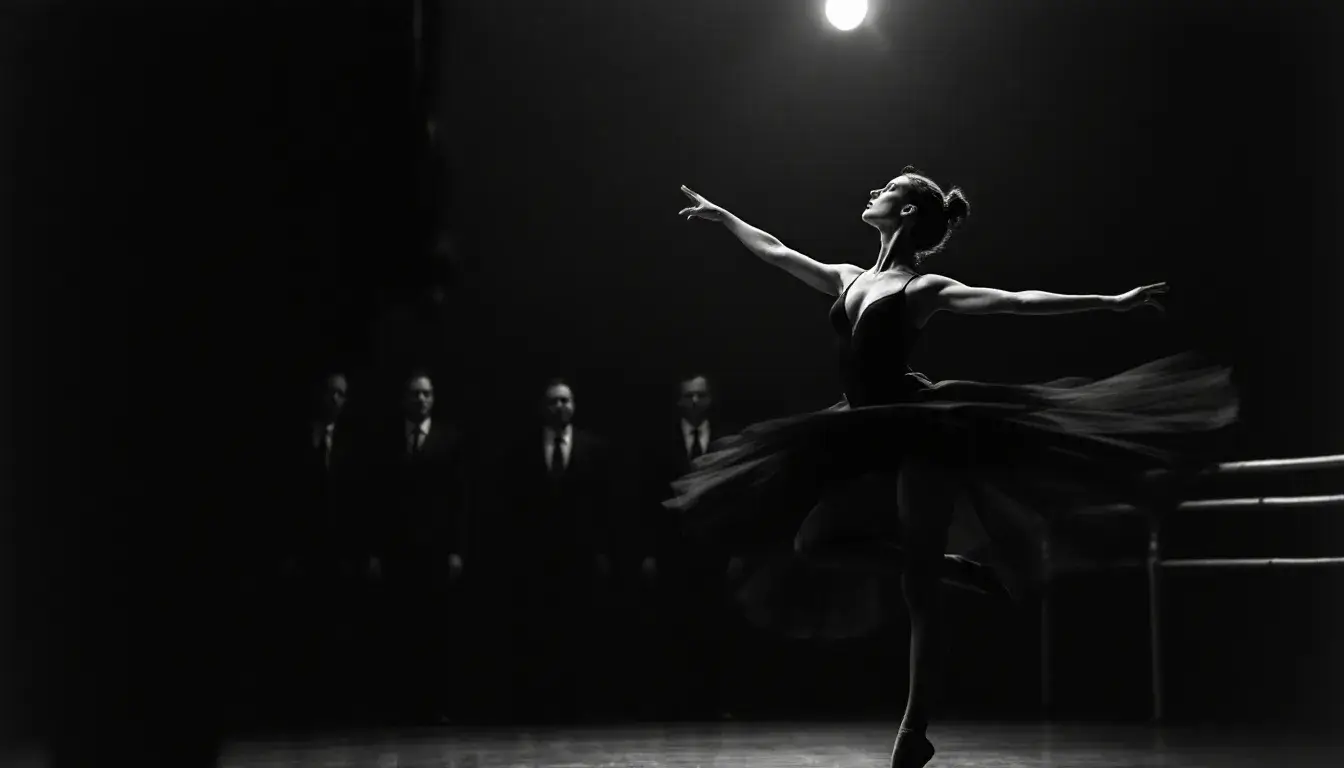
Sylvie Guillem’s influence extended beyond her performances to her collaborations with renowned choreographers, significantly shaping modern dance through various competition experiences. Sylvie Guillem danced with expertise and artistic vision during her coaching sessions for “Swan Lake” and “Don Quixote”, emphasizing the creative interpretation and emotional connection to the characters. She also collaborated with Manuel Legris, whose partnership with her in pivotal performances, such as Forsythe’s ‘In the Middle, Somewhat Elevated,’ greatly influenced the evolution of ballet.
Tuillem consistently pushed dance boundaries throughout her career, exploring new artistic directions and collaborating with visionary artists. She encouraged dancers to delve deeper into their roles, which enhanced performances and contributed to the evolution of ballet and modern dance. Her brief but significant partnership with Nicolas Le Riche at the Paris Opera Ballet suggested that a deeper alliance could have further elevated both artistic expressions.
Collaborations with prominent choreographers like Maurice Béjart, William Forsythe, and Mats Ek added a dynamic dimension to her career, showcasing her ability to blend classical ballet with contemporary styles. These collaborations enriched her artistry and had a lasting impact on the dance world, inspiring future generations.
Technique and Style
Sylvie Guillem’s technique is characterized by her exceptional flexibility, strength, and control, which enable her to excel in various ballets, from classical works like Swan Lake and Giselle to modern pieces by choreographers such as Akram Khan and Russell Maliphant. Her early training in gymnastics has been credited with helping her develop the physicality and stamina required for the demanding world of professional ballet.
Guillem’s style is marked by her expressive and nuanced performances, which have been praised for their emotional depth and technical precision. She has been particularly acclaimed for her interpretations of iconic roles, such as the title character in Giselle and the lead in Don Quixote, showcasing her mastery of classical ballet technique.
Her work with contemporary choreographers has also highlighted her versatility and willingness to push the boundaries of traditional ballet, resulting in innovative and critically acclaimed performances. Guillem’s technique has been influenced by some of the most renowned choreographers and dancers of her time, including Rudolf Nureyev and Maurice Béjart, with whom she has had the opportunity to work and learn.
Guillem has been committed to perfecting her craft throughout her career, continually seeking new challenges and opportunities to grow as a dancer and an artist. Her dedication to her technique and artistry has earned her a reputation as one of her generation’s most respected and beloved dancers, with a legacy that continues to inspire and influence the dance world.
Transition to Contemporary Dance
Sylvie Guillem’s transition from classical ballet to contemporary dance marked a significant career evolution. Her collaboration with Russell Maliphant in ‘Broken Fall’ was pivotal, showcasing her adaptability and willingness to explore new styles. This collaboration allowed her to develop a new, introspective dance style that departed from her classical roots.
Her work with Robert Lepage and Maliphant on Eonnagata in 2009 exemplified her dynamic role in pushing dance boundaries. This project highlighted her innovative approach and ability to blend different dance forms seamlessly.
In 2006, Guillem collaborated with Akram Khan on ‘Sacred Monsters’, a piece that beautifully combined classical and contemporary dance styles. This duet incorporated Asian movement and spoken word elements, reflecting her commitment to exploring diverse artistic expressions.
Her farewell performance tour, “Life in Progress,” featured new works emphasizing her dedication to contemporary dance as a principal guest artist in London, alongside traditional favorites. Her innovative stagings of classic ballets, such as Swan Lake and Don Quixote, have also showcased her creative influence on traditional narratives and character development within these performances.
Awards and Honors
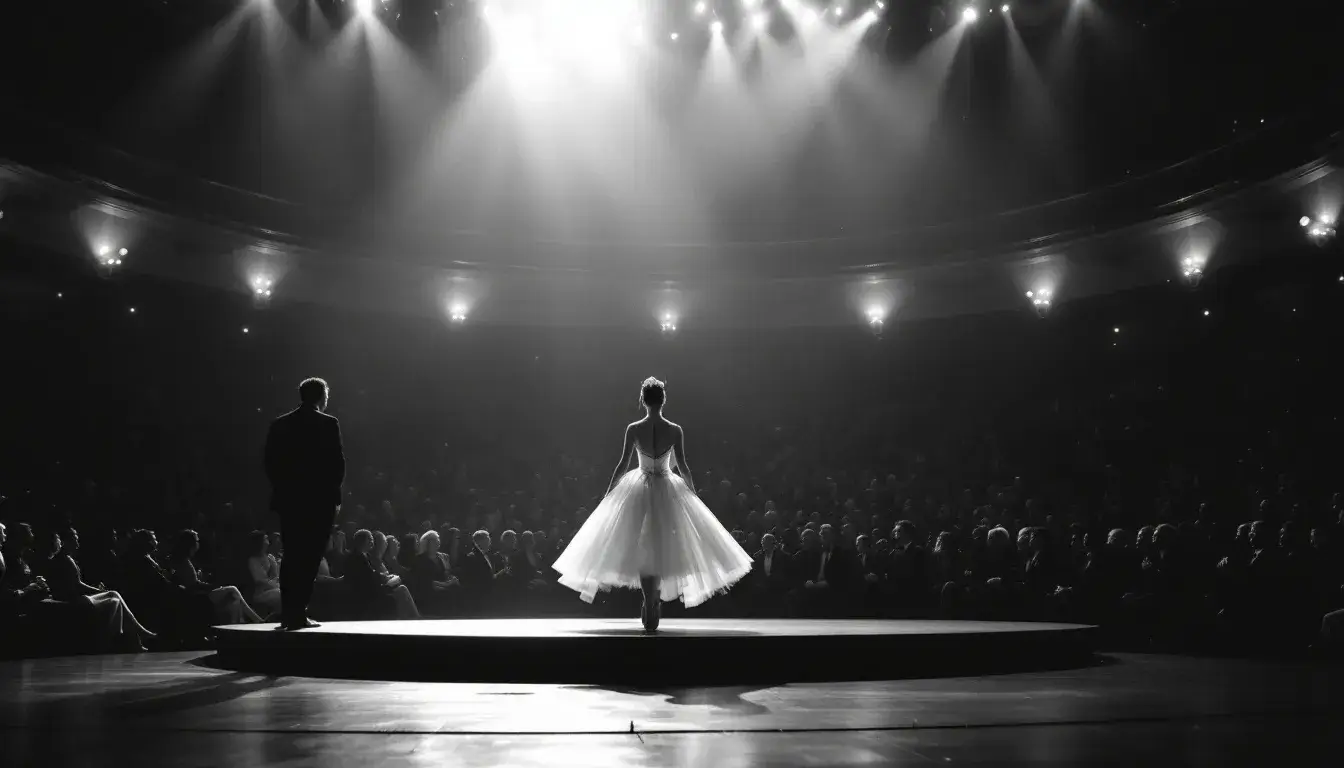
Sylvie Guillem’s remarkable career has been recognized with numerous awards and honors. Her final tour performance took place in Japan at the end of the year in December. In 2003, she was appointed Honorary Commander of the Order of the British Empire, acknowledging her significant contributions to the arts. In 2015, she was awarded the Praemium Imperiale in Tokyo, solidifying her status as a global icon in dance.
Her achievements have also been recognized in France. In 1994, she became a Chevalier of the Légion d’Honneur, and in 1999, an Officier of the Ordre National du Mérite, highlighting her exceptional contributions to French culture and the arts.
Among her many accolades, Guillem received the Golden Lion for Lifetime Achievement from the Biennale di Venezia in 2012 and the Critics’ Circle National Dance Award in 2016 for outstanding achievements. These awards, along with the Nijinsky Prize and the Special Prize from the Youth Organization of Varna, underscore her extraordinary impact on the dance world. The following year, she became a permanent guest artist with the Royal Ballet after leaving the Paris Opera Ballet.
Retirement and Legacy
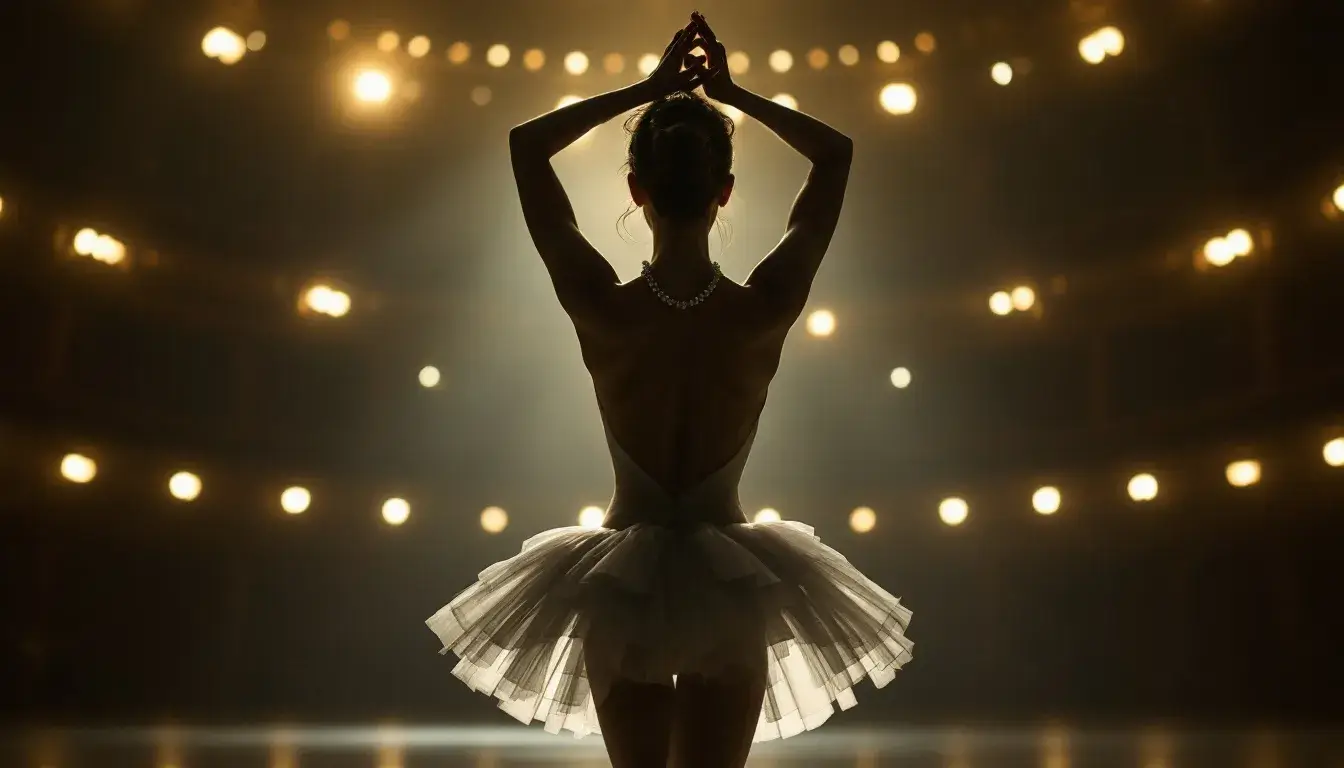
In 2014, Sylvie Guillem announced her retirement, marking the end of an era in the dance world. Her farewell world tour, ‘Life in Progress,’ showcased works by four contemporary choreographers, reflecting her commitment to innovation and artistic exploration even in her final performances.
Guillem’s influence on the dance world is profound. Her dancing achievements and artistry, particularly her versatility in classical and contemporary ballet, have left an indelible mark on the dance world. Many audience members and fellow dancers cite her performances as life-changing, a testament to the emotional and artistic depth she brought to her roles. Her unique style and dedication to pushing dance boundaries have inspired countless dancers worldwide.
Her retirement left a significant void in the dance community, as her unique artistry and bold choices set a high standard for future dancers. Sylvie Guillem’s legacy endures through her unforgettable performances, the many dancers she inspired, and her lasting impact on the art form.
Best of Sylvie Guillem
Resume
Sylvie Guillem’s career is a testament to the power of passion, dedication, and innovation. From her early days in Paris to her rise to stardom, she continually pushed the boundaries of ballet and dance. Her notable performances, collaborations with professional dancers and renowned choreographers, and transition to contemporary dance showcased her versatility and commitment to artistic exploration.
Her numerous awards and honors reflect her profound impact on the dance world. Even in retirement, her legacy lives on, inspiring future generations of dancers to strive for excellence and embrace the transformative power of dance.
Frequently Asked Questions
What inspired Sylvie Guillem to pursue ballet?
Sylvie Guillem was inspired to pursue ballet after initially resisting it; her passion for dance was ignited when she participated in a performance, leading her to embrace the art form wholeheartedly.
How did Sylvie Guillem rise to stardom?
Sylvie Guillem rose to stardom when Rudolf Nureyev appointed her the youngest étoile of the Paris Opera Ballet at 19, marking a pivotal moment in her illustrious career. This recognition set the stage for her exceptional talent and artistic influence in ballet.
What are some of Sylvie Guillem’s notable performances?
Sylvie Guillem is renowned for her exceptional performances in Giselle, Swan Lake, and Don Quixote and notable appearance at the Nijinsky Gala. These performances highlight her remarkable talent and contribute significantly to her esteemed career in ballet.
How did Sylvie Guillem transition to contemporary dance?
Sylvie Guillem transitioned to contemporary dance through her collaboration with Russell Maliphant on “Broken Fal”, which paved the way for her subsequent work, such as “Eonnagat” and “Sacred Monster”. This marked a significant evolution in her artistic expression.
What awards and honors has Sylvie Guillem received?
Sylvie Guillem has been honored with several prestigious awards, including the Honorary Commander of the Order of the British Empire, the Praemium Imperiale, the Golden Lion for Lifetime Achievement, and the Critics’ Circle National Dance Award. These accolades recognize her remarkable contributions to the world of dance.
What is Sylvie Guillem’s height?
She stands at approximately 5′7¾″ (1.72 m) tall.
How did her gymnastics background shape her ballet technique?
Her early training in gymnastics under her mother developed her exceptional strength, flexibility, and body awareness, which became hallmarks of her distinctive hyperextended lines and powerful technique.
Why was Sylvie Guillem nicknamed “Mademoiselle Non”?
Her insistence on artistic independence—choosing freelance engagements over a permanent company position—inspired colleagues to call her “Mademoiselle Non.”
What are “banana feet,” and how did Sylvie Guillem epitomize them?
The term “banana feet” describes the deep arch of the dancer’s foot, creating a banana-like curve; Guillem’s extraordinary ankle flexibility made her feet the iconic example of this aesthetic.
Which environmental cause does she actively support?
She is a vocal supporter of the marine conservation organization Sea Shepherd, aligning her public profile with frontline environmental activism.
Did Sylvie Guillem adopt a specific dietary lifestyle?
Later in life, she embraced a vegan diet, reflecting her commitment to ethical living and personal well-being.
What notable documentaries and films feature Sylvie Guillem?
Her life and work have been captured in films including “Portrait de la nouvelle danseuse étoile,” “Sylvie Guillem au travail,” “Guillem,” “Marguerite et Armand,” and “Guillem on the Edge.”
Which contemporary choreographers did she collaborate with?
Guillem expanded her artistry through collaborations with William Forsythe, Maurice Béjart, Mats Ek, Russell Maliphant, Akram Khan, and Robert Lepage.
How did she revolutionize leg extensions in ballet?
Her remarkably high développés—lifting the leg well beyond hip level with square hips—set a new standard for extensions, influencing ballet training worldwide.
What was the Vogue magazine controversy involving Sylvie Guillem?
In 2001, she posed nude and without makeup for French Vogue, sparking debate over the portrayal of a ballet artist in such a raw, unadorned form.
How did her height affect her performance in roles like Juliet?
At nearly 5′8″, she was taller than many counterparts, which sometimes made youthful characters—such as Juliet—appear more mature and altered traditional casting expectations.
What was the concept and repertoire of her farewell tour, “Life in Progress”?
Launched in March 2015, “Life in Progress” featured works by Akram Khan, Russell Maliphant, Mats Ek, and William Forsythe, showcasing her seamless blend of classical and contemporary dance.
How did Sylvie Guillem conclude her stage career?
She gave her final performance live on Japanese television on December 31, 2015, dancing Béjart’s Boléro as the clock struck midnight, marking a dramatic close to her 39-year career.
Which groundbreaking role did William Forsythe create for her?
In 1987, Forsythe crafted the lead in his contemporary work “In the Middle, Somewhat Elevated” specifically for Guillem, redefining boundaries between classical form and modern expression.
What is Sylvie Guillem’s signature “six o’clock” développé?
Her signature “six o’clock” développé involved lifting her leg vertically to ear height, demonstrating her unparalleled hyperextension and control.

